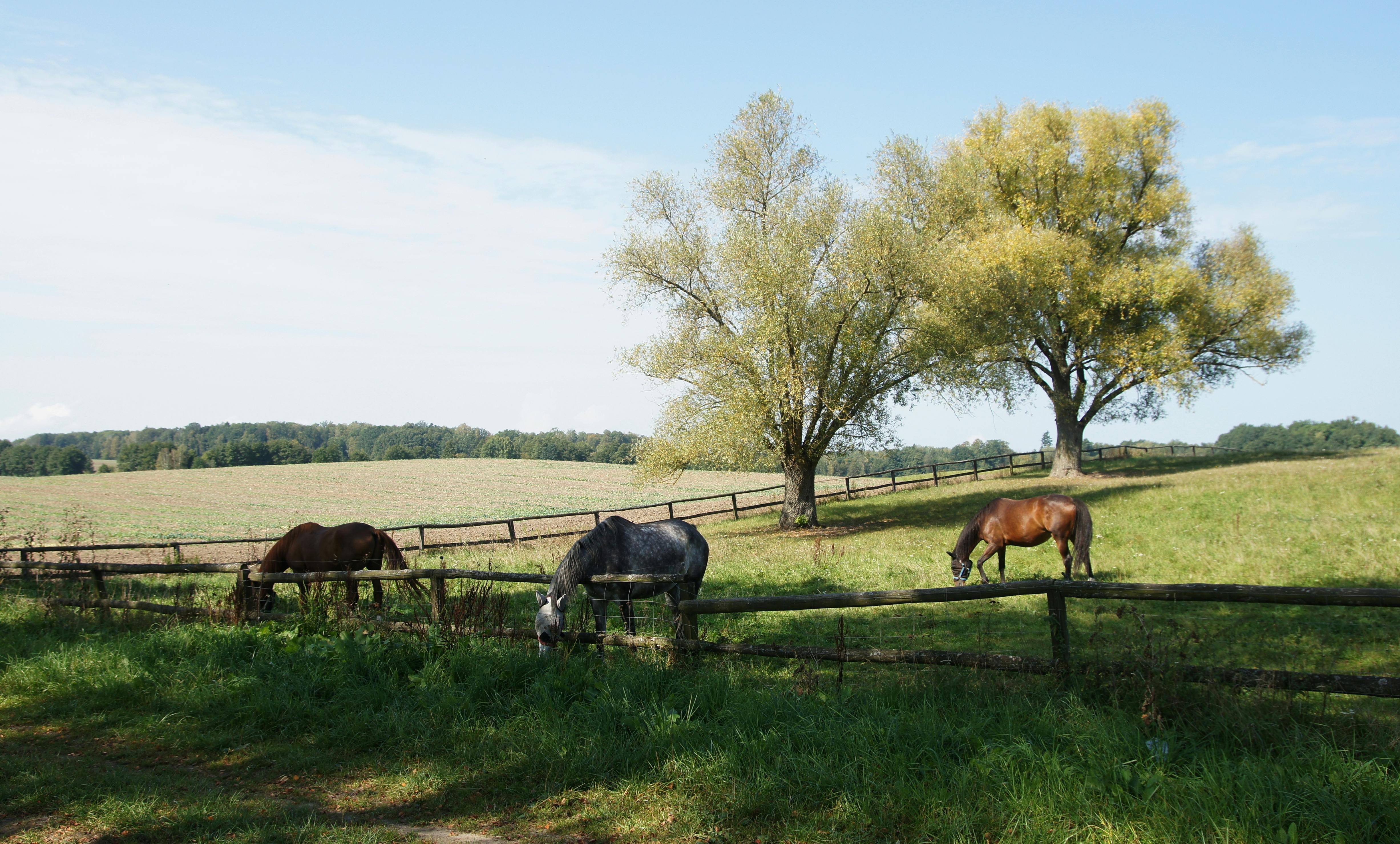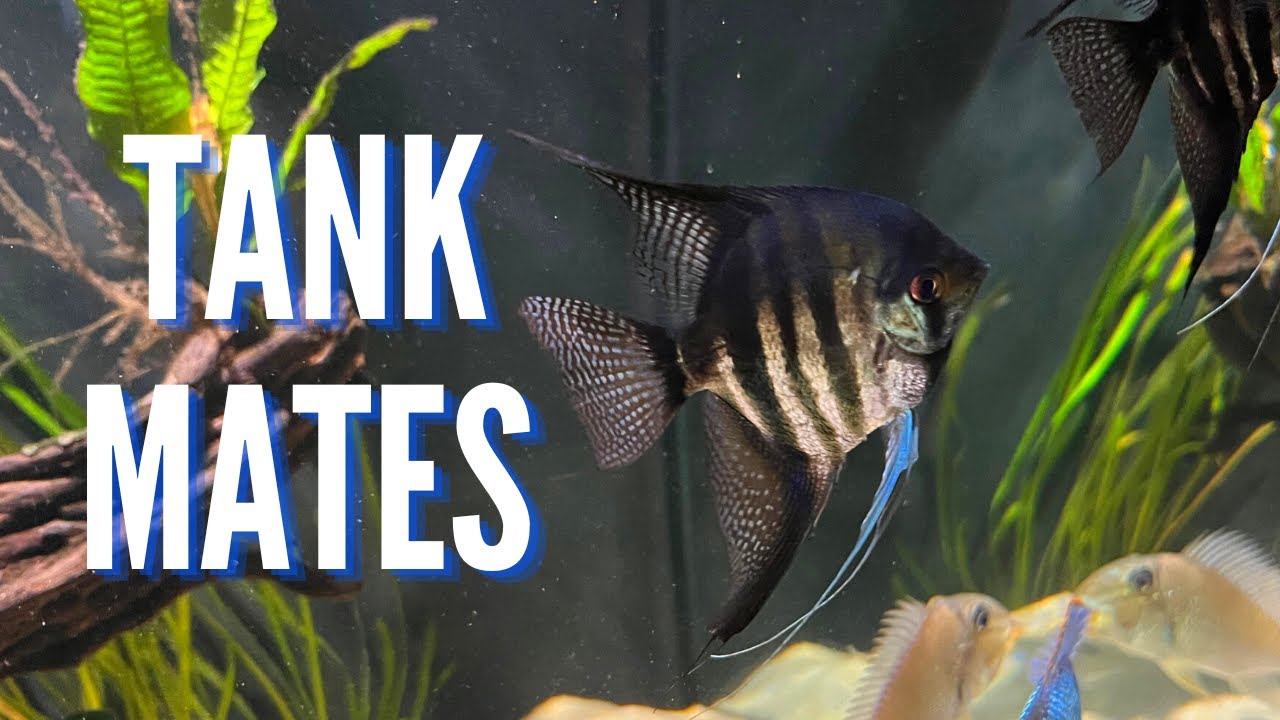Effective Ways to Set Up a Pea Puffer Tank in 2025
Setting up a pea puffer tank can be an exciting journey for both new and seasoned aquarists. In the world of freshwater aquariums, pea puffers, or *Carinotetraodon travancoricus*, stand out due to their vibrant personalities and unique care requirements. Understanding how to create a suitable environment for these charming little fish is essential for their growth and well-being. In this article, we’ll cover comprehensive guidelines for establishing a perfect pea puffer setup, including tank size, water parameters, compatibility with other species, diet, decorations, and maintenance practices.
As a popular choice for nano tanks, pea puffers are not just beautiful but also contribute to biodiversity in a home aquarium. Throughout this article, you will discover effective methods for setting up a thriving habitat for your pea puffers. We will explore everything from the best plants and tank mates to aquascaping ideas that accommodate these curious fish while ensuring their safety and health. At the end of this guide, you'll be equipped with all the knowledge to successfully create a pea puffer aquarium.
Key Takeaways: Understanding the unique requirements and behaviors of pea puffers is crucial for their care. By following the tips in this guide, you will nurture a flourishing ecosystem that benefits both your pea puffers and the other inhabitants in your freshwater tank.
Create the Ideal Pea Puffer Tank Size and Setup
Establishing the right tank size for your pea puffers is the first step in creating an effective habitat. A minimum of a 10-gallon tank is recommended for a small group of pea puffers to thrive. Since these fish are territorial, offering adequate space helps minimize aggression. A larger tank permits greater environmental complexity, which enhances the well-being of your puffers.
When setting up your tank, consider the substrate type. Soft, sandy substrates and smooth pebbles are ideal, as they prevent any potential injury to the puffers' delicate skin. Additionally, consider using a mix of plants like java moss, anubias, and floaters, which not only enrich the environment but provide hiding spots essential for their social behavior.
Making sure that the tank is well-filtered and has a heater is equally critical. Pea puffers thrive in soft water conditions with a temperature between 75°F to 80°F. Set a gentle filter to ensure water quality without creating strong currents that can stress out the fish.
Lastly, include hiding spots such as caves or driftwood to not only enhance the look of your tank but also to provide a sense of security for your pea puffers. With understanding tank size and setup, you're ready to explore optimal water conditions for your puffer fish!
Understanding Pea Puffer Water Parameters
Water quality is of utmost importance in providing the right environment for your pea puffer fish. They thrive in soft, slightly acidic to neutral water, with a pH range of 6.5 to 7.5. Regular testing of water parameters including ammonia, nitrites, nitrates, and the pH level will ensure that your puffer fish remain healthy.
Regular water changes—typically around 20% every week—help manage any toxins that may build up in the aquarium. Use a water conditioner to remove chlorine and chloramines to keep the water safe. When cycling a new tank, consider using beneficial bacteria or a live plant to help maintain stable water conditions.
Consider installing a good quality filtration system tailored to the size of your tank. It’s advisable to use sponge filters or low-strength canister filters that will prevent the water from flowing too quickly, as pea puffers prefer calmer waters. Use an aquarium heater to ensure consistent temperatures that match their natural habitat.
Maintaining appropriate water parameters is vital not only for their physical health but also for breeding purposes. Pea puffers require stable conditions to successfully breed, making careful monitoring even more crucial for those looking to reproduce these fish.
Feeding and Diet Requirements for Pea Puffers
Feeding pea puffers a well-balanced diet is critical for their health. These fish are carnivorous, requiring a varied diet that includes high-protein foods. Quality options include frozen or live foods such as bloodworms, brine shrimp, and daphnia, which promote optimal growth and coloration.
Popular choices for pea puffer food include specialized diets made for puffers or high-quality pellets that are soft and easily digestible. It’s important to avoid overfeeding as pea puffers can easily become bloated, leading to health complications. Organic waste accumulation can further compromise water quality, so make sure to adjust feeding practices based on the puffer fish's needs.
Feeding frequency should be tailored to the age and size of the fish; young pea puffers may need to be fed several times a day, while adults may only require feeding every other day. Implementing a feeding schedule also helps establish a routine for your fish, allowing you to monitor their health and eating habits.
Combining their diet with treats like snails can be highly beneficial, not just for nutrition but also to satisfy their natural instinct to hunt and forage. However, ensure compatibility and size appropriateness of any live food you're giving to your puffers.
Puffer Fish Tank Mates and Compatibility Issues
Finding suitable tank mates for pea puffers can be tricky due to their territorial nature. Ideal companions include peaceful species like small shrimp or snails, and occasionally small schools of peaceful fish. The best shrimp for puffer tanks, such as cherry shrimp, can often coexist without issues, as their size is manageable for pea puffers.
Territorial behavior among puffers can arise, especially when they feel threatened or during breeding. Therefore, ensure that your tank has ample hiding places and open swimming areas to alleviate stress and promote healthy social interaction among fish. Always conduct gradual introductions to minimize territorial disputes.
Fish that thrive in similar conditions and do not pose a threat of being eaten are generally suitable. Breeds such as rasboras or tetras, that are non-aggressive and occupy different areas of the tank, can also work well. Ensure to monitor interactions to prevent any aggressive behavior, and remove any incompatible fish immediately if conflicts arise.
In conclusion, setting up an ideal pea puffer tank involves considering tank size, water parameters, diet, and compatibility with other fish. By following these effective tips, you will create an enriching environment that supports the health and happiness of your pea puffers.
Maintaining and Caring for Your Pea Puffer Tank
Once your pea puffer tank is set up and populated, regular maintenance is essential to ensure long-term success. This includes performing weekly water changes, checking water parameters, and cleaning any debris from the substrate. A well-maintained tank not only benefits your fish but also enhances the overall aesthetics of your aquarium.
Monitoring the health of your pea puffers is crucial. Look for signs of stress or diseases, such as changes in behavior or physical appearance. Regular observation of swimming behavior, and ensuring proper feeding practices will contribute to their well-being and notifications for required adjustments.
In addition to their physical care, assessing social dynamics among your puffers is essential. Be vigilant for signs of aggression or bullying, and ensure proper space is available to reduce conflicts. Rotate decorations occasionally to maintain interest in their environment.
Finally, be prepared to act on neglecting their habitat or dietary needs, which could lead to health issues down the line. With attentiveness and proper knowledge, you'll foster a thriving pea puffer community for many years to come.

Puffer Fish Breeding: Tips and Techniques
Breeding pea puffers can be an enjoyable venture for aquarists looking to expand their knowledge and care strategies. For breeding, it is vital to replicate their natural habitat and ensure optimal conditions. This means maintaining stable water parameters and providing abundant hiding spots for females to lay eggs.
Breeding occurs in soft, acidic water, with a pH around 6.5 and alkaline values lower than 20 ppm. Presenting them with high-quality live foods during the breeding phase promotes health and vigor in breeding pairs. Preparing a dedicated breeding tank may also increase chances of successful reproduction, as this ensures a controlled environment without initial competition.
Once spawning is completed, provide additional care by moving the parents to another tank to prevent them from consuming their eggs. Raising baby puffers requires specific attention, providing them with food such as infusoria or finely crushed flakes until they are mature enough for larger food types. Maintaining separate breeding tanks ensures a smooth transition and further control over their development.
Exploring the intricacies of puffer fish breeding deepens your understanding of their needs and social behavior. The excitement of seeing pea puffers grow can lead to deeper satisfaction as well. Follow breeding tips to successfully nurture these captivating creatures.

Conclusion: The Benefits of a Well-Setup Pea Puffer Tank
In summary, successfully setting up a pea puffer tank involves careful attention to every aspect including tank size, water quality, diet, and compatible tank mates. By creating an environment that allows for both physical and social needs, you will nurture not only individual health but a vibrant community of aquatic life.
Understanding the dynamics of puffer fish care—from water quality to breeding techniques—enables you to become a responsible aquarist. As you dive into the rewarding journey of pea puffers, enjoy the interaction and vivid characteristics these fish bring to your aquatic world.
```